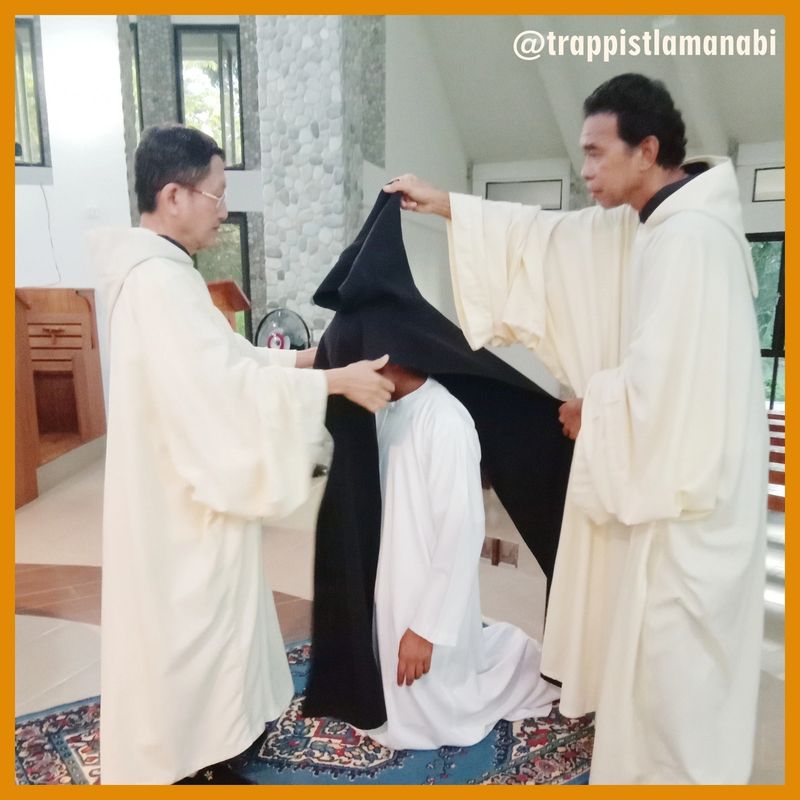a. Becoming a Trappist
Trappists encounter beauty, joy and transformation through the Holy Spirit. We embrace meaningful paradoxes: silence that deepens our prayer and study, work that strengthens our hearts and minds, and separation that nurtures our vibrant communities. Ours is an intentionally ordinary life that makes room for the extraordinary—grace from God and our brothers and sisters that stirs immeasurable gratitude.
Meet a vocation director.
Trappists encounter beauty, joy and transformation through the Holy Spirit. We embrace meaningful paradoxes: silence that deepens our prayer and study, work that strengthens our hearts and minds, and separation that nurtures our vibrant communities. Ours is an intentionally ordinary life that makes room for the extraordinary—grace from God and our brothers and sisters that stirs immeasurable gratitude.
Meet a vocation director.
The process begins by connecting with the vocation director at one of our monasteries. We invite you to browse our monasteries to get a sense for the beautiful places Trappists live in and find the contact information for each of our vocation directors.
b. Steps in the Journey
b. Steps in the Journey
Discerning God’s Call
We warmly welcome newcomers to monastic life. In keeping with St. Benedict’s rule, we require careful discernment before becoming part of one of our communities. Discernment is a process, which most commonly includes the following steps, though the length of the stages may vary in each monastery.
1. Monastery visit. Get to know members of the community and our way of life over a period of months. Understand the rewards and challenges Discern with the vocation director if God is calling you to the monastery and if Trappist life is a good fit for you personally.
2. Observership. Become a resident within the community for a longer period of time and experience all dimensions of monastic life, including private and communal prayer, manual work, solitude, community life.
3. Postulancy. If it is discerned that God is calling you to continue on this path, you may become a Postulant and be further initiated into the disciplines of our order over the course of about 6-12 months.
4. Novitiate. With sufficient desire and capacity to live as a Trappist, you may officially become a member of the order as a Novice, clothed with the religious habit, and receive formal instruction on monastic observances with support from sisters or brothers over the course of two years.
5. Junior Professed. After two years in the Novitiate, if it is clear that you truly seek God with zeal and obedience and are well suited to Trappist life, you may profess vows as a Junior Professed. These are “temporary” vows in which you commit to monastic life for a period of three years or three periods of one year. You are entrusted with greater responsibilities, become more deeply integrated in community life and continue your studies and formation. You also retain personal ownership of any of your goods until final vows are professed.
6. Profession of Vows. After prayerful and reflective period of temporary profession, having gained a deep understanding of the significance of the action you are about to take, you may freely petition the abbot or abbess to make a solemn profession of vows. With permission, you may give yourself to Christ in the spirit of faith and commit yourself perpetually to live, with the love and support of the whole community, a life in accord with the Rule of St. Benedict.


Translate